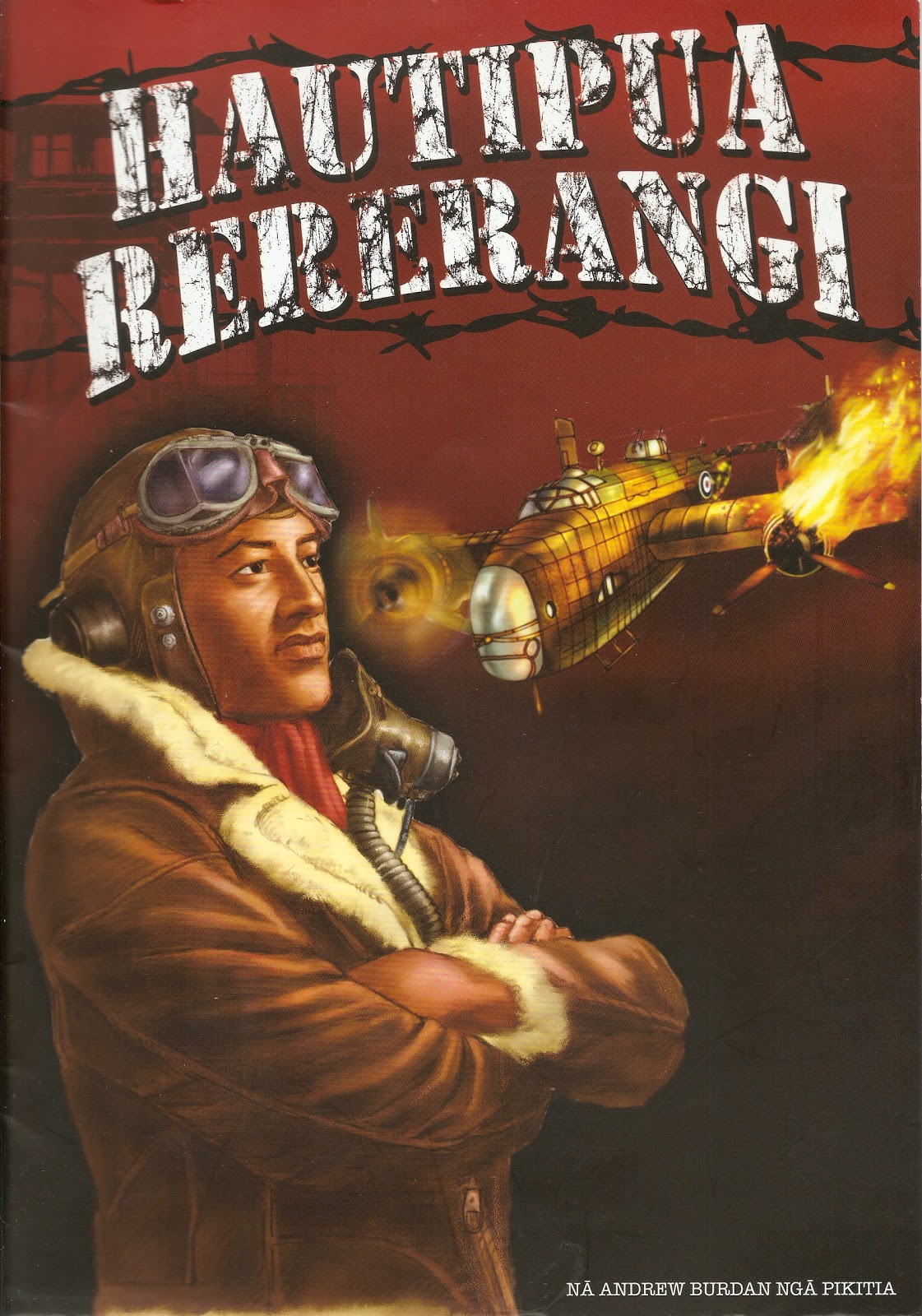Kiwi Hero Series : The Story of First Maori Pilot NZ Air Force John Pohe
 •
by
•
by EternalLightStream

Hello Kia Ora,
This time I will tell the story of the very brave man named John Pohe, he is in the fact is the 1st Pilot of NZ Air Force from Maori Tribe.

His complete Biodata provided below :

Name : Porokoru Patapu Pohe
Birthplace : Wanganui, New Zealand
Birthdate : 10 December 1914
Served under : Royal New Zealand Air Force, 51 Squadron, RAF
Last Military Rank Obtained : Flying Officer (Pilot)
Old Past : Farm labourer
Enlistment Address : Taihape, New Zealand
Military Awards : 1939-1945 Star,Air Crew Europe Star,Defence Medal,War Medal 1939-1945,New Zealand War Service Medal,Mentioned in Despatches (MiD)

Place of Death : Germany
Date of Death : 30 March 1944
Cause of Death : Shot by the Gestapo after escaping from Stalag Luft III POW camp
Mentioned in Despatches (MiD) = In recognition of distinguished service and devotion to duty". Award was made posthumously for his escape from Stalag Luft III POW camp
History :
Porokoru Pohe was born in Wanganui and grew up on his family's farm near Taihape. He was educated at Putiki school, Turangarere School, Taihape District High School and Te Aute College.
An article in The Dominion, Saturday 24 April 1944, under the heading - Maori pilot fought to the end is summarise
😛After leaving school Pohe spent a couple of years in the Territorials, with the Manawatu Mounted Rifles. He applied for flying training in September 1939, just nine days after war was declared, though it was September 1940 before he was enlisted at the Ground Training School in Levin. He began his training soon afterward, at Harewood and then at Woodbourne air force base in Blenheim where he graduated in January 1941.

On completing his training he was the first fully qualified Maori pilot to leave New Zealand. He was posted to the RAF's 51 Squadron in Dishforth, Yorkshire. He flew his first mission over Europe in a Whitley bomber in July 1941. It was the first of 22 such raids, during which he bombed enemy targets in France, including U-boat bases, Berlin and other German cities, and Genoa in Italy.

His next posting, at the end of April 1942 was as an instructor. He was posted back to 51 squadron, now stationed at Snaith in Yorkshire, to fly over Europe in Halifax bombers. His first mission two days later was to Hanover in Germany, but he never returned. He became a prisoner in Stalag Luft III, an air force POW camp in Sagan, about 200 kilometres south-east of Berlin.

On the night of 24 March 1944 he escaped from Stalag Luft III in the Great Escape. Using a tunnel named Harry (it was the third attempt - the Germans had discovered Tom and Dick), 220 men attempted to escape, but the tunnel had come up short of the trees they were heading for, and only 76 men got clear.

He was one of the 50 recaptured airmen shot by the Gestapo on the orders of Adolf Hitler, the Fuhrer of Nazi Germany. Three of those executed were from New Zealan
😛Flight Lieutenant Christensen (NZ413380), Flying Officer Porokoru Pohe (NZ402894) and New Zealand born Squadron Leader John Williams (40652), an Australian citizen serving with the Royal Air Force. Of the other 23 men recaptured, 15 were returned to Stalag Luft III and 8 were held in concentration camps. Only three of the original 76 escaped POWs got completely away to England.
Pohe's exact movements cannot be traced but he was recaptured and taken into custody in Gorlitz, south of Sagan. He and five others were taken by truck toward Sagan and shot on the orders of two Gestapo officers named Scharpwinkel and Lux.

When news of the executions reached England the British Government resolved to bring the culprits to justice once the war had ended. However by the time the hunt for those responsible started, Hitler and most of the other high ranking Nazi officials were dead. Ultimately several Gestapo officers were executed or imprisoned for this war crime.
The New Zealand Herald dated 19 May 1944 reported that Flying Officer Pohe died while Prisoner of War. An article in the Herald on 22 May reads as follows: THREE NEW ZEALANDERS - TRIBUTE TO BRAVE MEN. Wellington, Saturday

Because of the number of POWs involved and the tragic aftermath, the Stalag Luft III escape is a well documented part of World War 2 history. Popularly known as "The Great Escape" it has been the subject of books and a 1963 Hollywood movie.
Moral of this man's biography :
The true soldier never afraid to face his/her death


Comments
JohnPoheMaXXX
o7
o> done 🙂
vote + sub
o7
Curse those bloody Germans for killing him!
o7
votado!!!
o/
Hmm, how is possible that such good article remind me at someone bad? Weird isnt it? ;_;
Anyway, long live Kiwis! Bro keep writing good articles ; )
@}-}---
o7